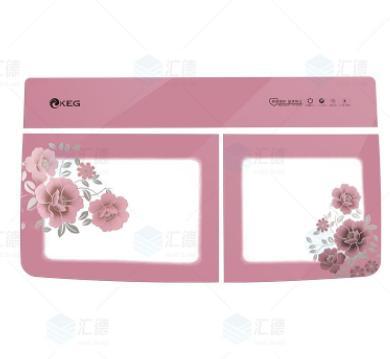Food Grade Industrial Grade Tin Plate Used for Cans, Tea Cans, Milk Powder Cans
Product Description
Min Order Quantity:20 Ton
Supply Ability:3000 tons
Port:Marine packing
Delivery Lead Time:15-30 days
Country/Region:China
City:Liaocheng
Product Attributes
- - Place of Origin China
- - Supply Type In-Stock Items
- - Condition New
- - Color Silver
- - Related Keywords tinpiate, Tinned sheet
Description by Manufacturer
Tinning is the process of thin coating of tin (Sn) on a steel plate or strip, and the resulting product is called tinplate. Tinplate is a light, cold-rolled mild steel sheet or strip coated with industrial pure tin on both sides. It combines the strength and formability of steel with the corrosion resistance, weldability and good appearance of tin. Today there is a wide range of tinplate products that are customized to meet specific end-use requirements.
Tinplate is widely used to make various types of cans by welding or welding, which is characterized by its attractive metallic luster. By selecting the surface finish of the substrate steel plate, tinplate with various surface roughness can be produced. They have excellent paintability and printability, and can be beautifully printed using a variety of paints and inks. By choosing the appropriate tempering grade, various suitable formability and the required strength after forming can be obtained. In addition, by selecting the appropriate coating thickness, appropriate corrosion resistance to the contents of the container can be obtained.
Tinplate can be used to make various types of containers, such as food cans, beverage cans and art cans. Its applications are not limited to containers, tinplate is also used in the manufacture of motor parts and many other products.
Tinplate is mainly used in cans, can bottoms and glass bottles and wide-mouth bottle caps. After the oxidation of tinplate, it is inevitable to migrate the formed tin ions into the food material, which is a physico-chemical mechanism called the sacrificial anode effect, which can protect the underlying steel from the corrosion of the food material. The dissolution of tin prevents the can from perforating and prevents the contents from degrading (changes in color and taste) during heat sterilization and storage, usually for 2 years.
Price
- Price US$ 850 / Ton
Packaging & Shipping
- - PackingMarine packing
- - Delivery Lead Time15-30 days
- - Minimum Order 20 Ton
- - Supply Ability3000 tons
- - Total quantity in Stock51 – 100
- - Delivery PortMarine packing
- - Shipping Career
Product Image
Description by Manufacturer
Tinning is the process of thin coating of tin (Sn) on a steel plate or strip, and the resulting product is called tinplate. Tinplate is a light, cold-rolled mild steel sheet or strip coated with industrial pure tin on both sides. It combines the strength and formability of steel with the corrosion resistance, weldability and good appearance of tin. Today there is a wide range of tinplate products that are customized to meet specific end-use requirements.
Tinplate is widely used to make various types of cans by welding or welding, which is characterized by its attractive metallic luster. By selecting the surface finish of the substrate steel plate, tinplate with various surface roughness can be produced. They have excellent paintability and printability, and can be beautifully printed using a variety of paints and inks. By choosing the appropriate tempering grade, various suitable formability and the required strength after forming can be obtained. In addition, by selecting the appropriate coating thickness, appropriate corrosion resistance to the contents of the container can be obtained.
Tinplate can be used to make various types of containers, such as food cans, beverage cans and art cans. Its applications are not limited to containers, tinplate is also used in the manufacture of motor parts and many other products.
Tinplate is mainly used in cans, can bottoms and glass bottles and wide-mouth bottle caps. After the oxidation of tinplate, it is inevitable to migrate the formed tin ions into the food material, which is a physico-chemical mechanism called the sacrificial anode effect, which can protect the underlying steel from the corrosion of the food material. The dissolution of tin prevents the can from perforating and prevents the contents from degrading (changes in color and taste) during heat sterilization and storage, usually for 2 years.
Price
- Price US$ 850 / Ton
Packaging & Shipping
- - PackingMarine packing
- - Delivery Lead Time15-30 days
- - Minimum Order 20 Ton
- - Supply Ability3000 tons
- - Total quantity in Stock51 – 100
- - Delivery PortMarine packing
- - Shipping Career






